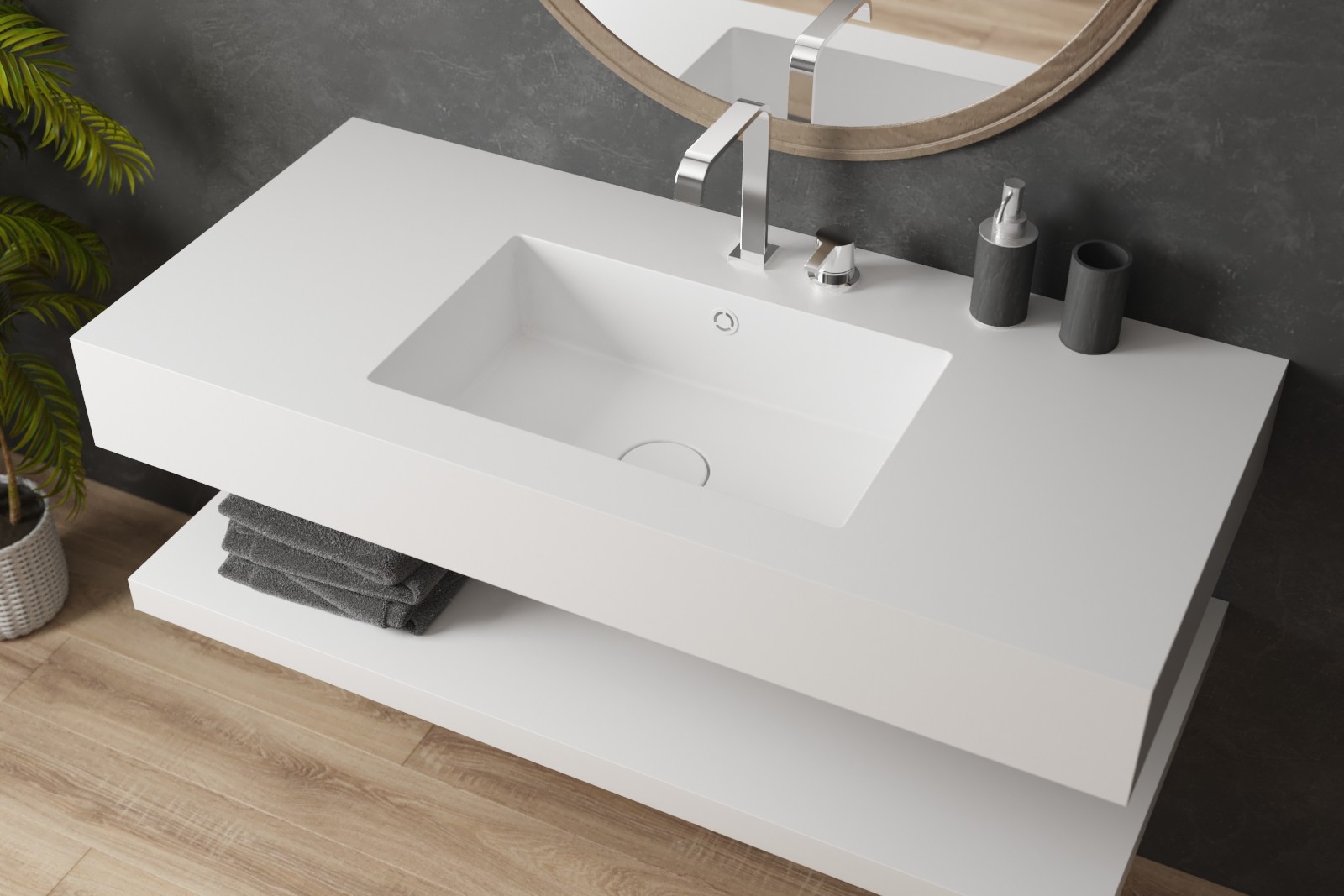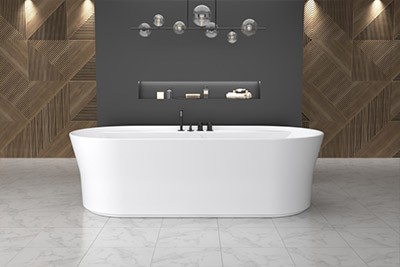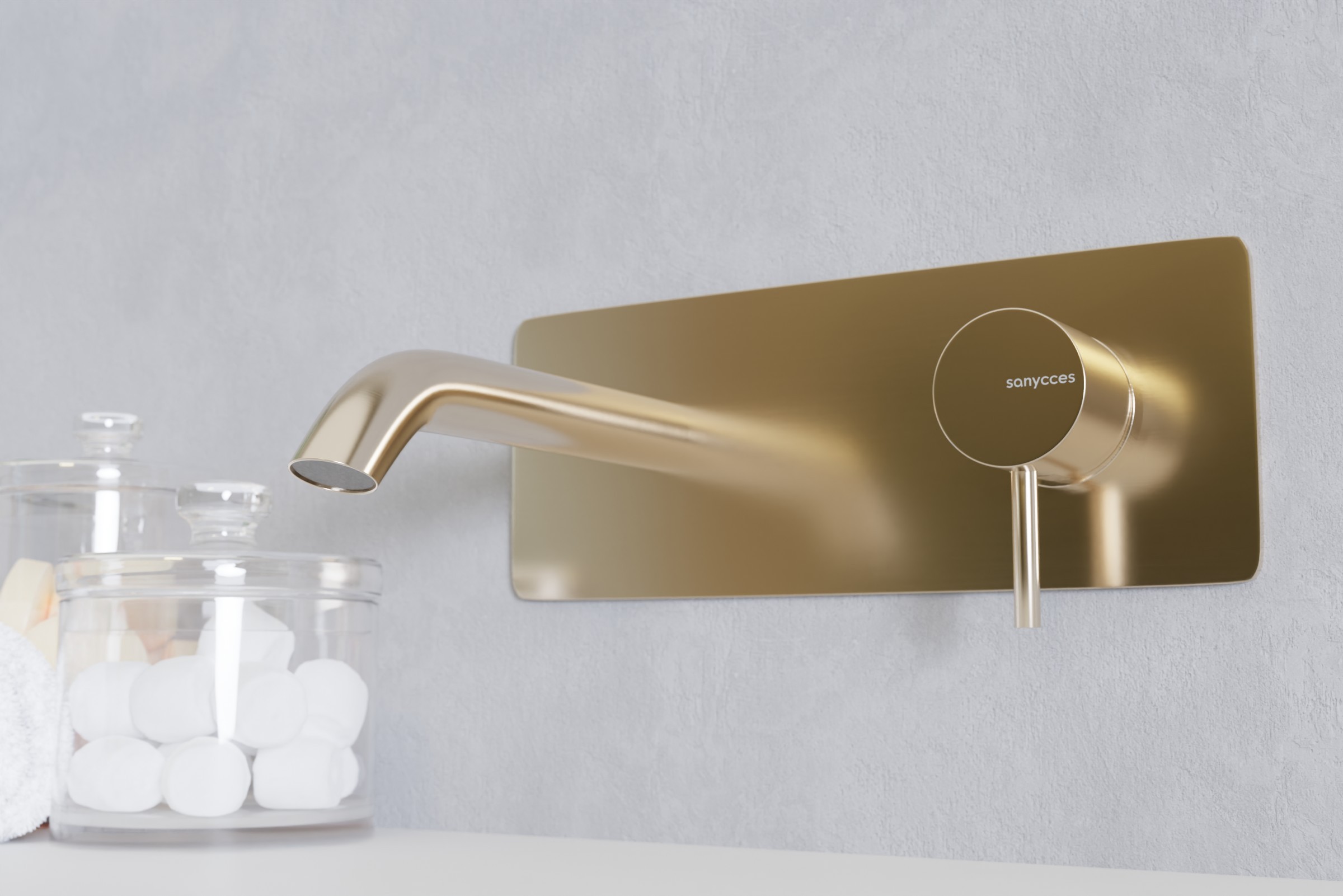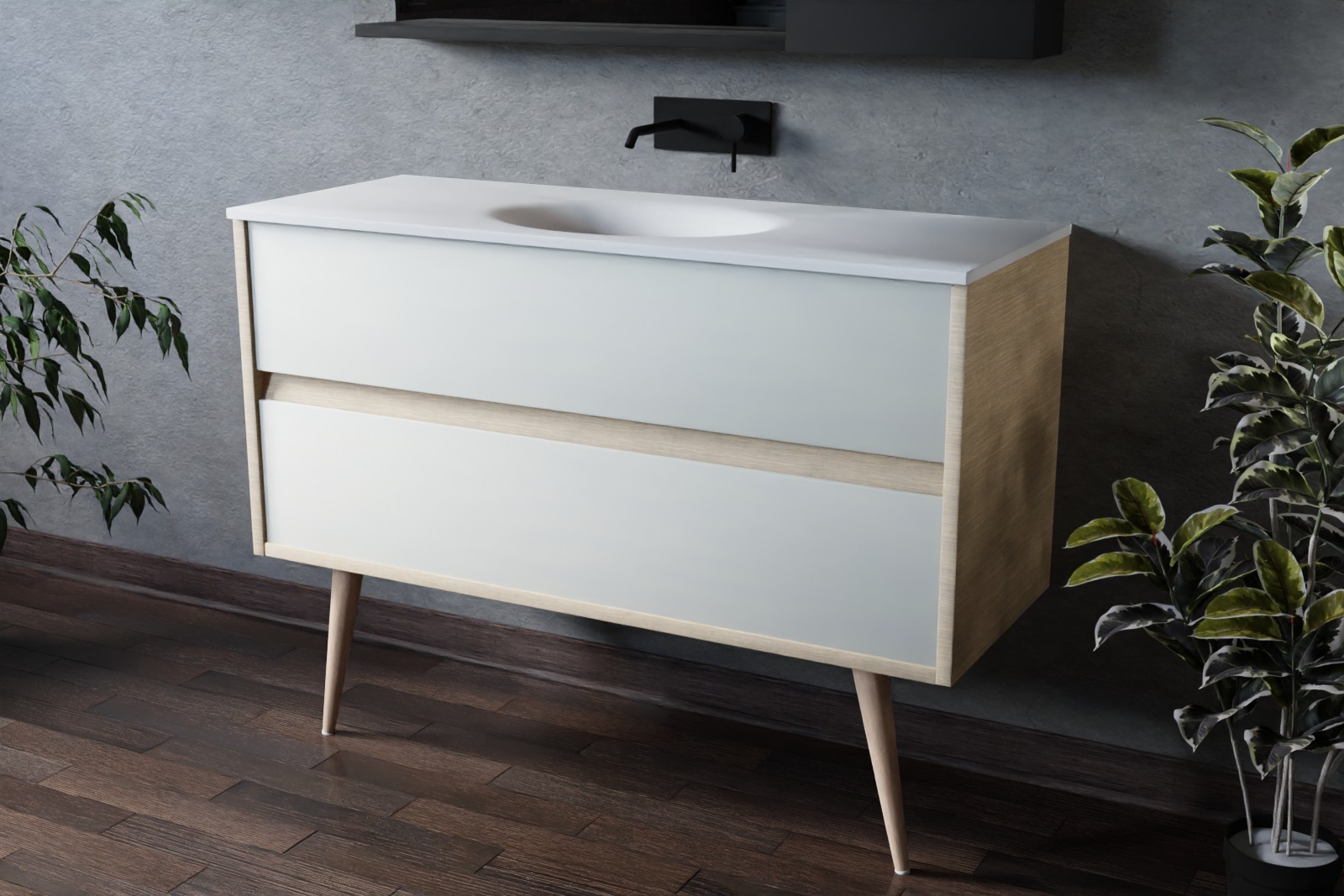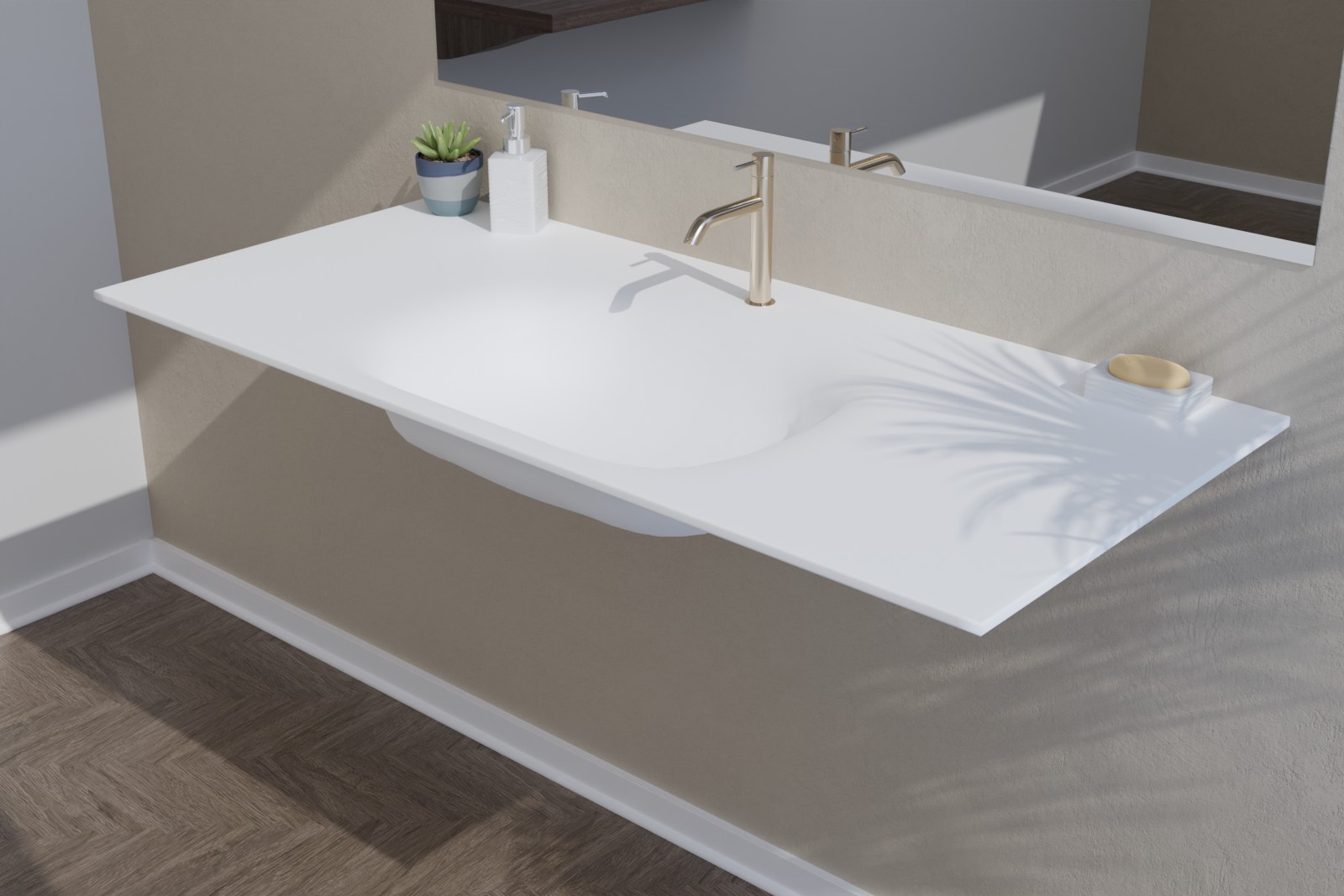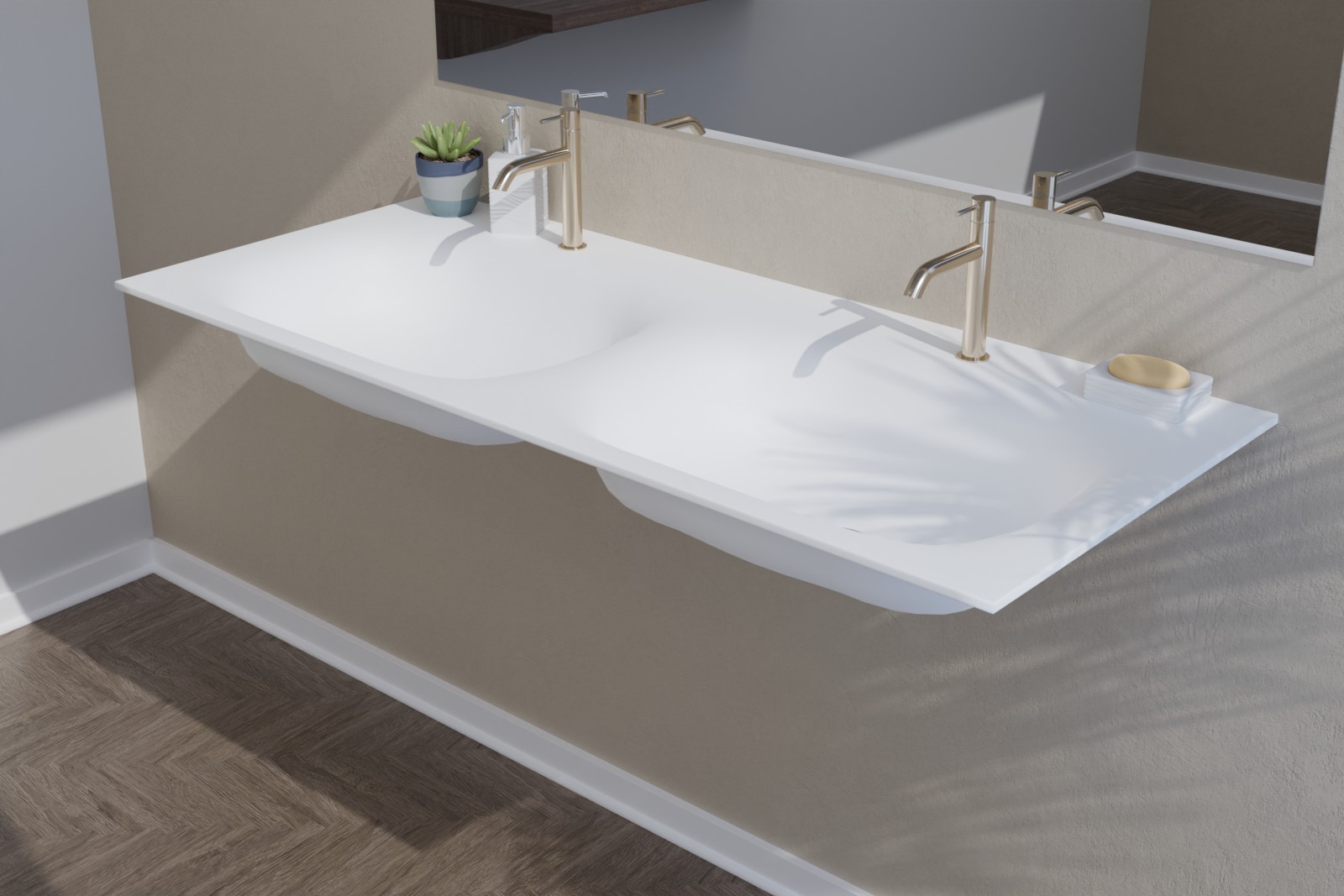The principle of the drainage system for a washbasin
In order to define the choice of a siphon, it is important to understand how the water evacuation system works in a basin. The system is quite simple on the principle, it is composed of a set of parts connected and screwed together which allows to evacuate the water in a tight and efficient way.
The plug is screwed directly onto the drain hole at the bottom of the basin and serves to control the flow of water. It is therefore possible to close or open the drain of the basin while ensuring a good seal. The drain is almost systematically composed of a screw thread that allows it to be screwed onto the basin.
It will then allow the siphon to be screwed on. This will prevent bad odours from rising up thanks to a simple water retention system and solid bodies to avoid blocking the pipes.
When buying a washbasin it is important to check whether the drain and siphon are included, as this is rarely the case.
The trap is composed of three holes which will allow it to be connected with the bung by the top hole, the second one which is located in its length will allow to connect it to the drain pipe towards the sewers and then to finish on the bottom we find a screwed shell, it is here that the small objects come to be lodged. It is important to unscrew it to clean it so that the siphon does not become blocked.
.jpg)
Types of washbasin drains
- The tube siphon
The tube drain is more commonly known U-bend. It is made up simply of tube which allows it to be discreet, simple to install and custom-made. Its disadvantages are that it does not retain solids as it is only made of tube and it will also be quite cumbersome.
- The siphon with a base or so-called "bottle".
The most common siphon in our bathrooms, it will hold small objects so that the pipes do not become blocked. Of course, it will be necessary to open it and clean it regularly to keep it working properly.
- The space-saving siphon
Compact, space-saving or small-bottomed siphons are undoubtedly a very interesting alternative on paper. They do not take up space like the bottle trap and retain odours unlike the tube trap. However, despite these advantages, you have to be careful because in France, the regulations require a minimum water clearance (about 5cm) like bottle traps, which of course is insufficient for compact traps. It is therefore possible to install them but you have to be very careful as they are not certified to the NF standard.
.jpg)
Criteria for making a choice
Now that you know the different types of siphon it is important to mention the other criteria that will help you make your choice.
First of all, it is important to know if the trap is going to be visible or not, this will determine whether or not the aesthetics will count.
Then it is the material that will have its importance, for the traps we find in general 2 main materials.
Plastic, most often PVC, is the most used today for drains or siphons, it is insensitive to corrosion, strong and light for good quality PVC and is often cheap. However, it is not really aesthetic and can become damaged or break over time.
In metal, stainless steel, stainless steel or brass are the materials most often chosen when aesthetics are important or when the trap is flashy. The treatment of the metal makes it resistant to corrosion and simplifies its maintenance. A metal trap will give you a modern look and be more resistant than PVC. However, you will need to budget more for metal traps.
The price will be the last criterion of choice, it will depend on the type of trap, its shape or its material. But also pay attention to the standards, many traps have very attractive prices but do not respect the French standards. Prices vary greatly, from a few dozen euros for PVC traps to more than 100 euros for elegant, high-quality metal models.
At Vascoplan each basin is delivered with a good quality PVC drain and trap, you will also find on sale on vascoplan.com a range of very high quality metal traps certified to NF standards that will enhance your basin and your bathroom.
.jpg)


